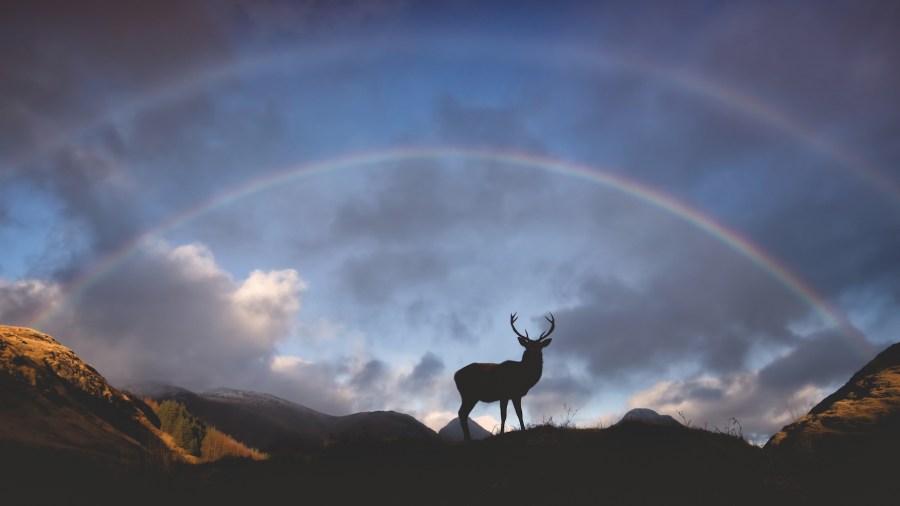Whether you’re looking for mellow colours, migrating wildlife or atmospheric weather, we round up some of Britain’s best autumnal hikes.
1. Grizedale Forest, Lake District
BEST FOR: Autumn colours
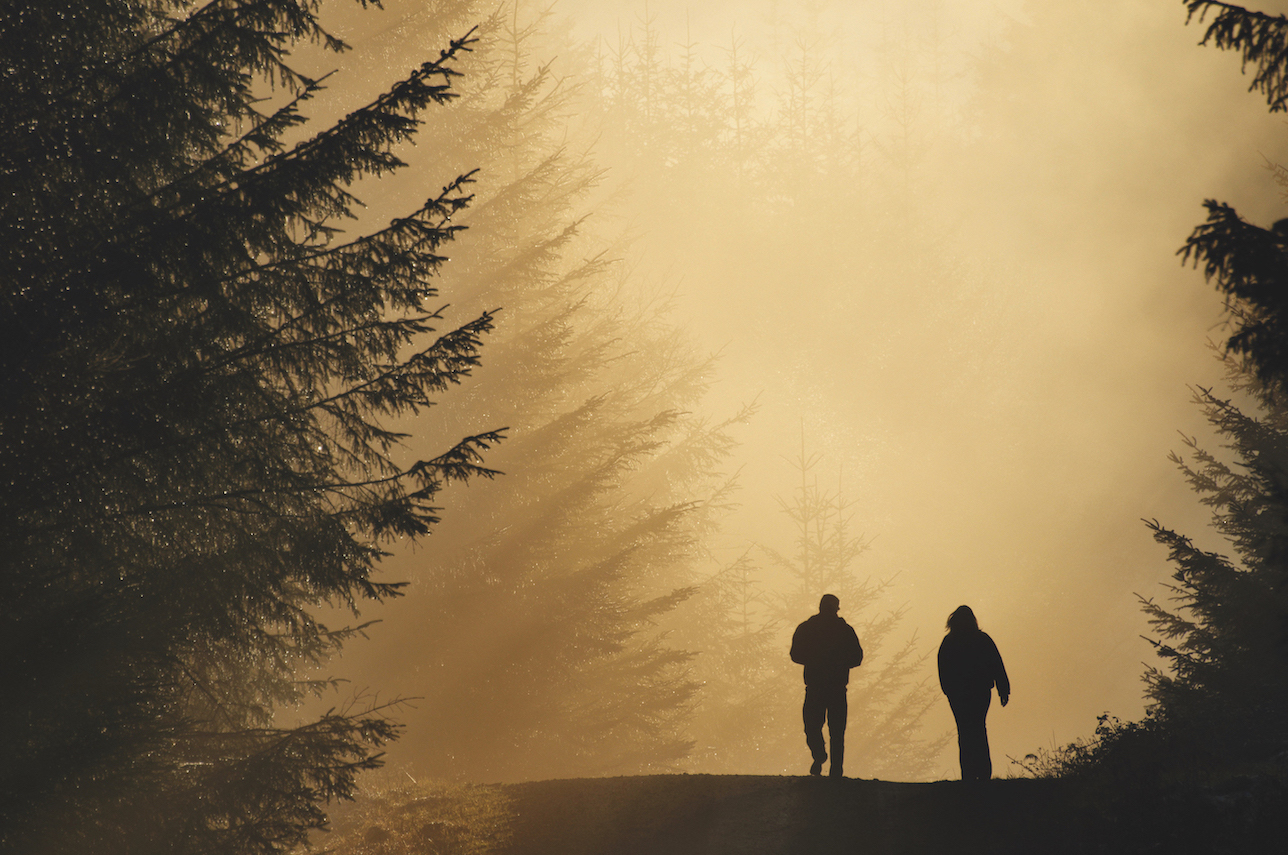
Walkers in Grizedale Forest. Photo: Alamy
Autumn turns the rolling hills of Grizedale Forest into a russet rainbow – the effusion of reds, golds, deep browns and yellows is positively New England. Strolling through the forest is a great way to admire the many shades of autumn, but it’s even better seen from above: bag the small-but-stunning summit of Carron Crag (314m) or venture across Coniston Water to The Old Man of Coniston (803m) for even loftier views.
2. Pembrokeshire Coast Path
BEST FOR: Migrating birds
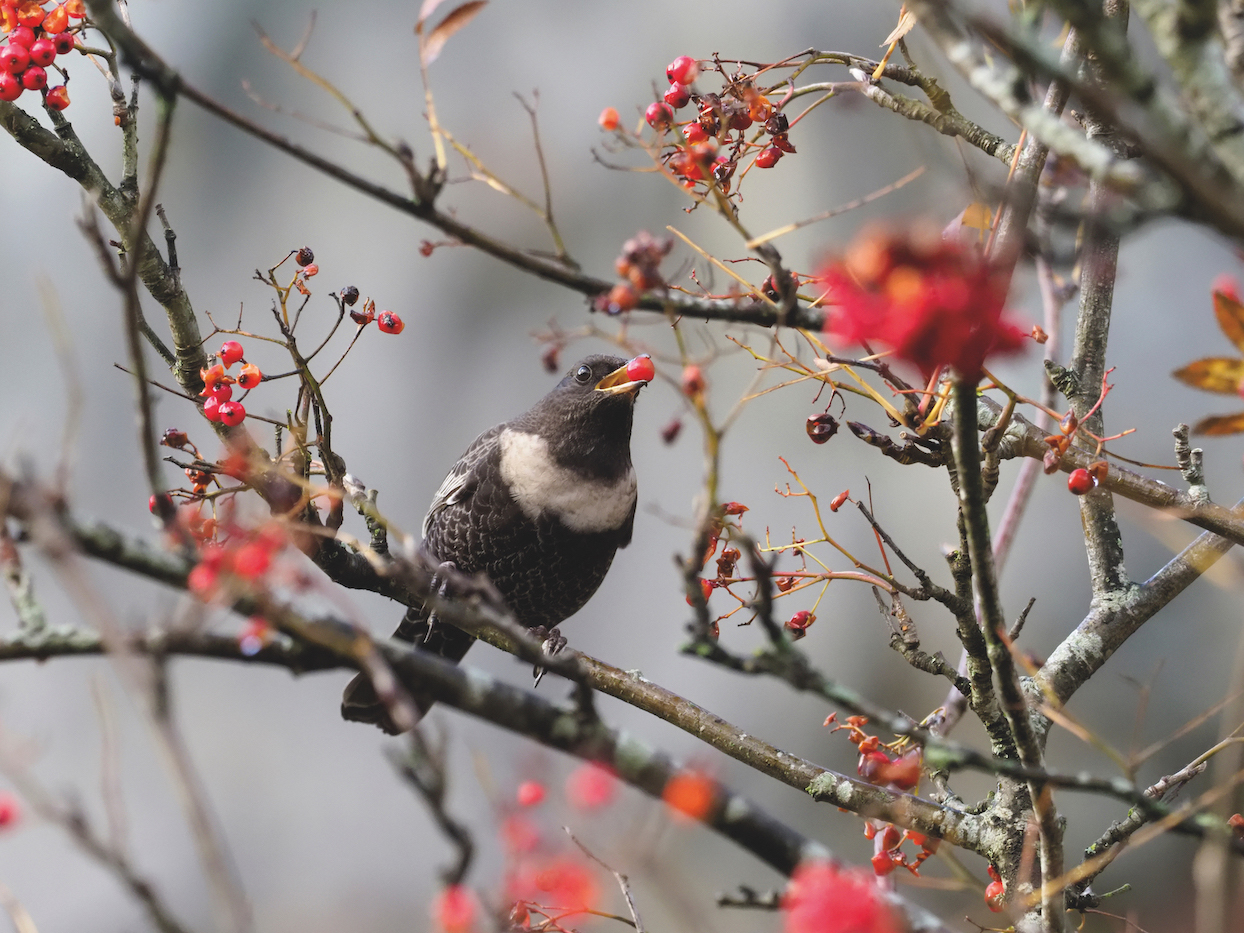
A male ring ouzel feasting on berries in Wales. Photo: Erni / Shutterstock
The top spots for observing migratory birds are often a little on the flat side for hillwalkers, but Pembrokeshire’s yoyoing coastline is an exception. St David’s Head is a particular hot spot for species en route to winter sun as well as year-round residents. Keep your binoculars peeled for rarities such as hobbies, wrynecks, ring ouzels and black redstarts as you tackle the rugged 16km (10-mile) section of the coast path between Caerfai and Whitesands.
3. Paps of Jura, Isle of Jura
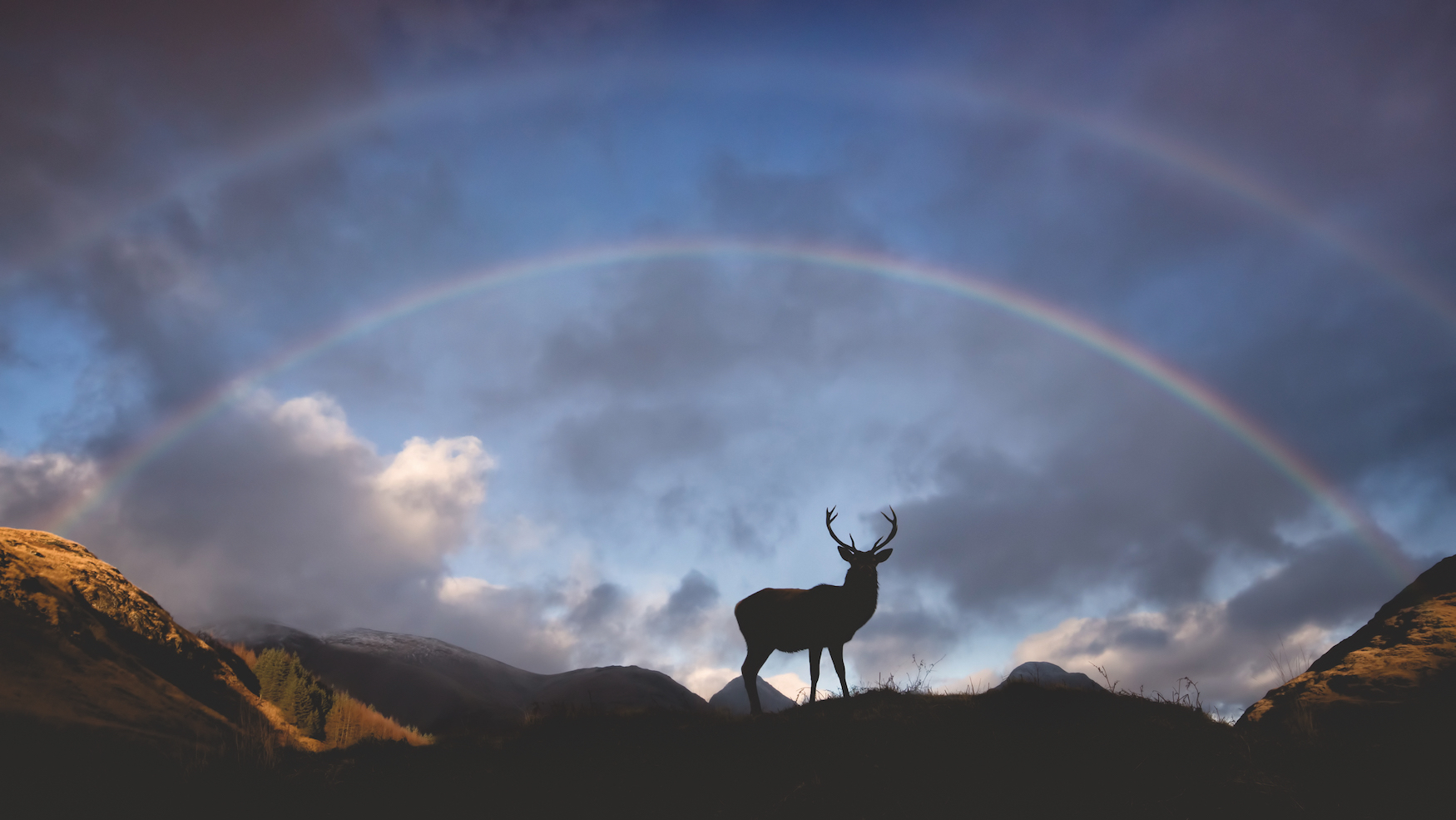
Red deer in Glen Coe. For the chance to see rutting stags, Jura could be an even better bet… (Credit: Christopher Chamber / Shutterstock)
BEST FOR: Rutting stags
Red deer outnumber people by a ratio of 30:1 on Jura, so it makes sense that this
is one of the best places in the country to see rutting stags. Listen out for the clash of antlers as you tackle a round of its three iconic peaks: Beinn an Oir (785m), Beinn Shiantaidh (757m) and Beinn a’ Chaolais (733m). It’s a remote and often pathless 17km (11-mile) adventure that takes a good 9 hours to complete.
4. Pendle Hill, Lancashire
BEST FOR: Halloween vibes
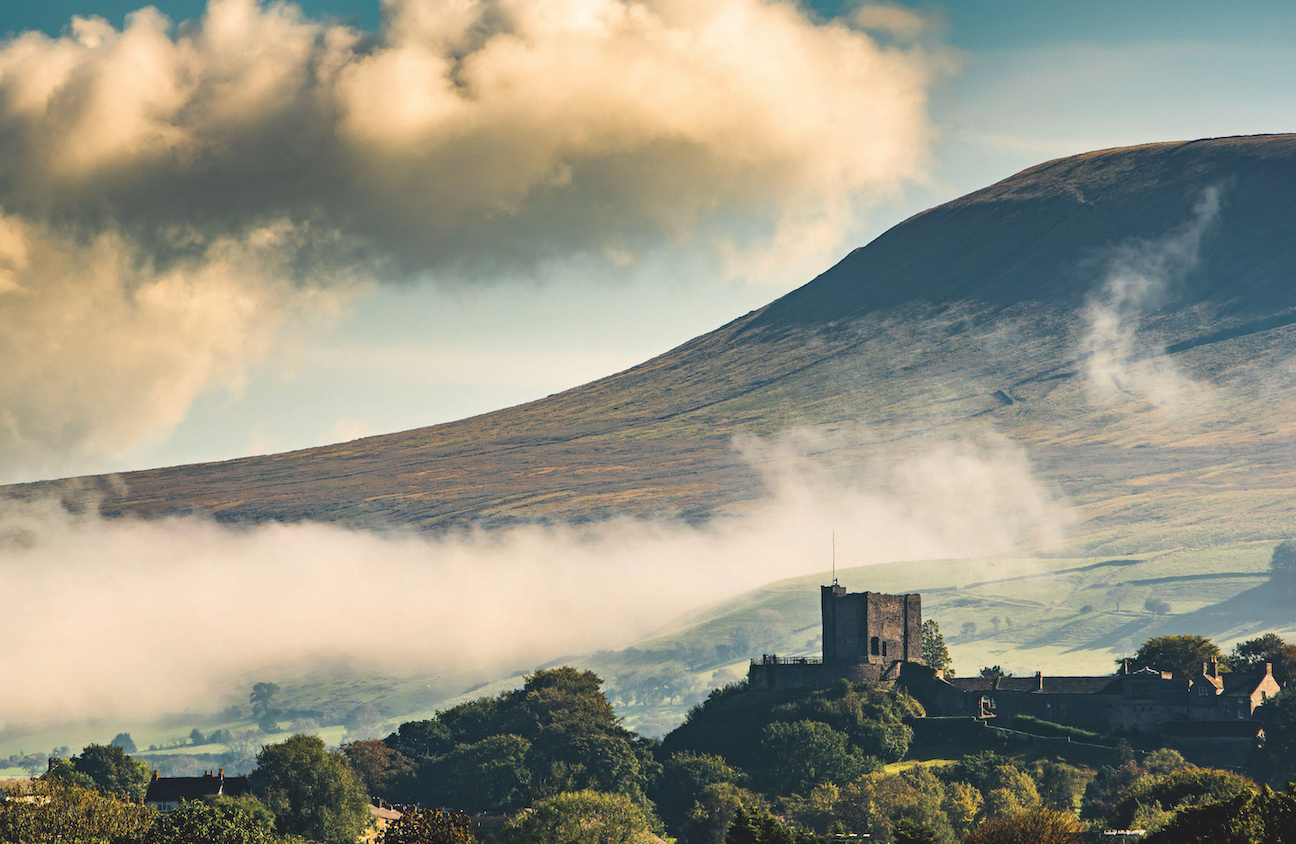
Pendle Hill in autumn. Photo: Alamy
Celebrate Halloween season with a spooky ramble up this hauntingly historic hill. Famous for being the site of a 17th-Century ‘witch’s coven’, its sinister associations intensified in 2011 when archaeologists unearthed a ruined cottage nearby with a mummified cat bricked into its walls. Ghostly happenings are frequently reported by visitors – but even if the spooks don’t make an appearance, the 14km (9-mile) ramble up to Pendle Hill’s 557m summit from Barley is a scenic autumnal classic. Avoid Halloween night itself if you don’t want to get mobbed by the dark tourism crowds.
5. River Dee, Cairngorms
BEST FOR: Leaping salmon
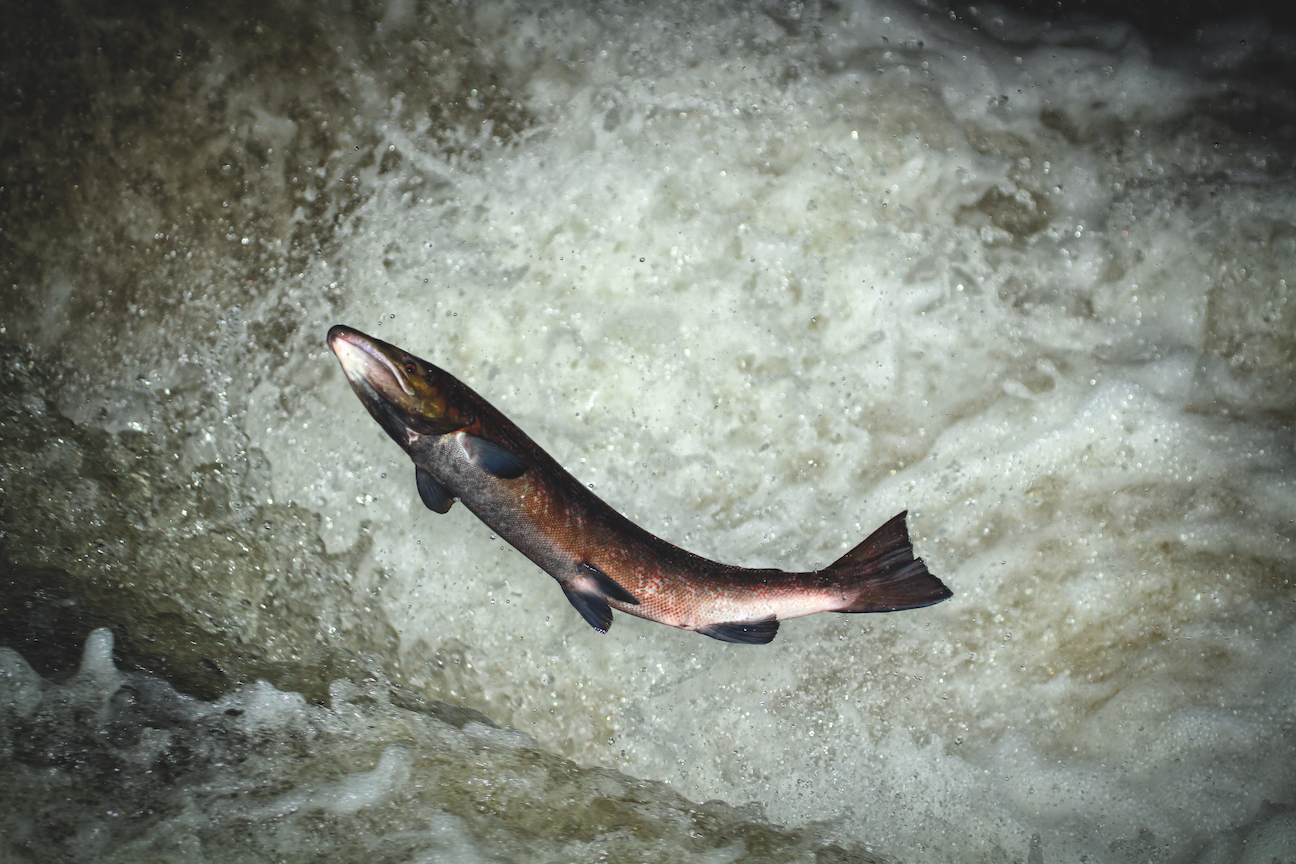
Atlantic salmon (Salmo salar) leaping in turbulent waterfalls. Photo: Mark Caunt / Shutterstock
Not a hillwalk in the strictest sense, but the site of a wonderful autumnal spectacle that can be linked up with some of Scotland’s loftiest summits. During October and November, the River Dee near Mar Lodge is one of the best places there is to see leaping salmon. It’s also at the heart of Cairngorms hillwalking country – so, once you’ve marvelled at the tenacity of nature, you can test your own mettle on the likes of Ben Macdui (1309m), Braeriach (1296m) and Cairn Toul (1291m). Most of the big Munros are serious expeditions from the Linn of Dee car park, so take a tent along for some autumnal wild camping action.
6. Kielder Forest, Northumberland
BEST FOR: Foraging squirrels
Kielder Forest is home to England’s most remote spot (well, the furthest point from the nearest road at least) and also to 50% of its native red squirrel population. If you love both walking and wildlife then it’s a winning combination, particularly in autumn, when the reds are out and about foraging for berries, birds’ eggs and nuts. Enjoy some squirrel spotting on a ramble up to Peel Fell, the highest point in the forest at 600m. The 21km (13-mile) loop from Kielder with a diversion to Kielder Stane takes around 5.5 hours.
7. Kentmere Horseshoe, Lake District
BEST FOR: Festival frolics
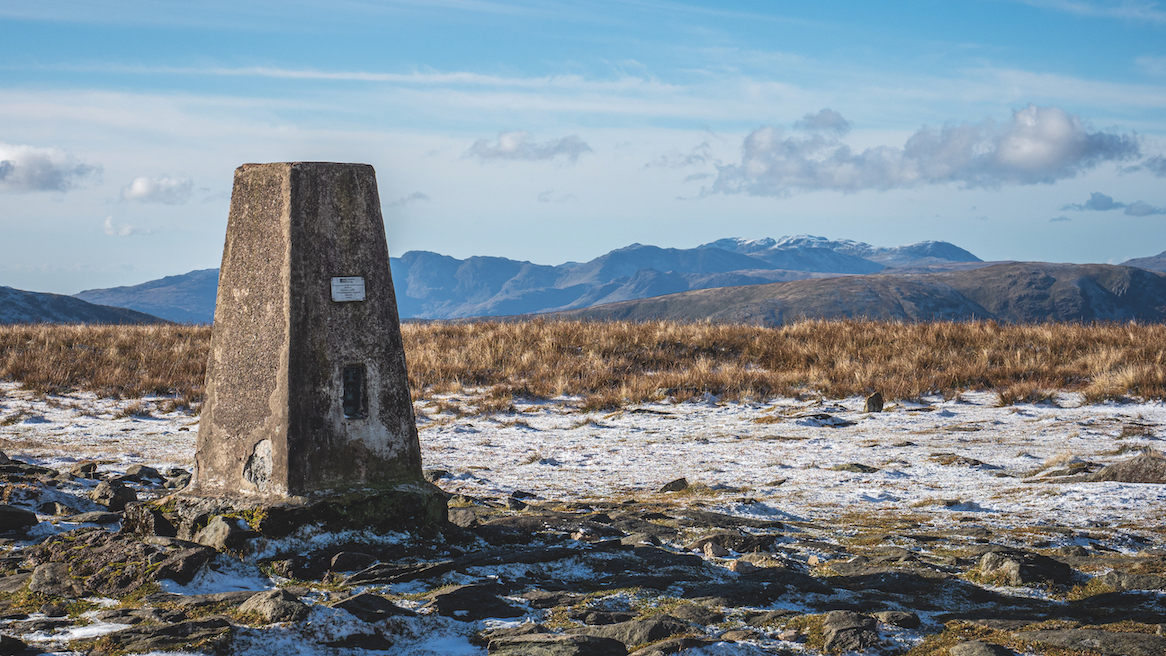
The trig point on High Street, an optional summit on the Kentmere Horseshoe. Photo: Andy Wasley / Shutterstock
For many outdoor enthusiasts, the big event of autumn isn’t Halloween or Bonfire Night – it’s the iconic Kendal Mountain Festival. This four-day-long celebration of film, literature, music and everything outdoorsy is the perfect excuse to hotfoot it to the Lakes in November (this year it takes place between Thursday 18th and Sunday 21st). While you’re in the area, why not stretch your legs on the Kentmere Horseshoe? This 21km (13-mile) round of the fells bounding the upper Kentmere valley takes in eight Wainwrights, including High Street, Harter Fell and Kentmere Pike.
8. Cross Fell, North Pennines
BEST FOR: Christmas come early
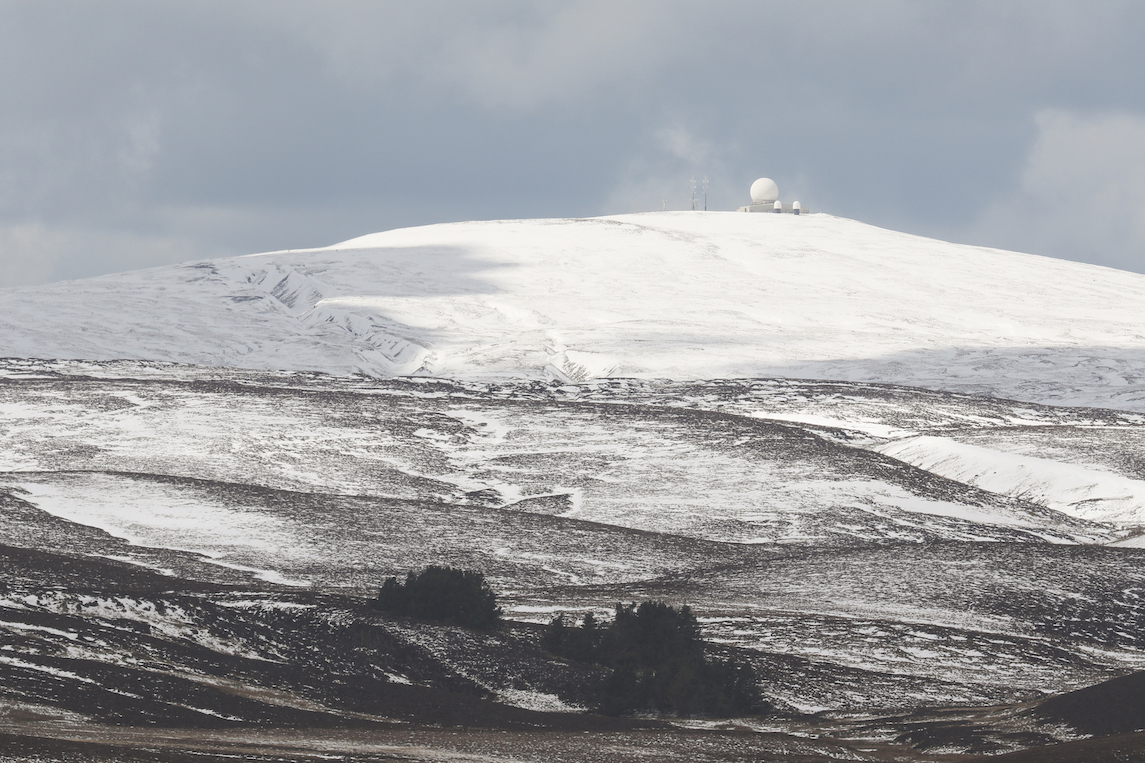
Great Dun Fell, near Cross Fell: an especially snow spot. Photo: Shutterstock
Let’s face facts – there’s only an outside chance of significant snow during a British autumn. If we do happen to get an unseasonal cold snap, though, Cross Fell could be the best place to enjoy it. This high-level Pennine plateau is the biggest area of high-level terrain in England outside the Lake District, and it’s often cited as the snowiest place south of the Border (the snowiest in Britain, according to the Met Office, is the Cairngorms plateau). From Kirkland, you can tick the 893m summit off on a bracing 14km (9-mile) circular.
9. Grindslow Knoll, Peak District
BEST FOR: Cloud inversions
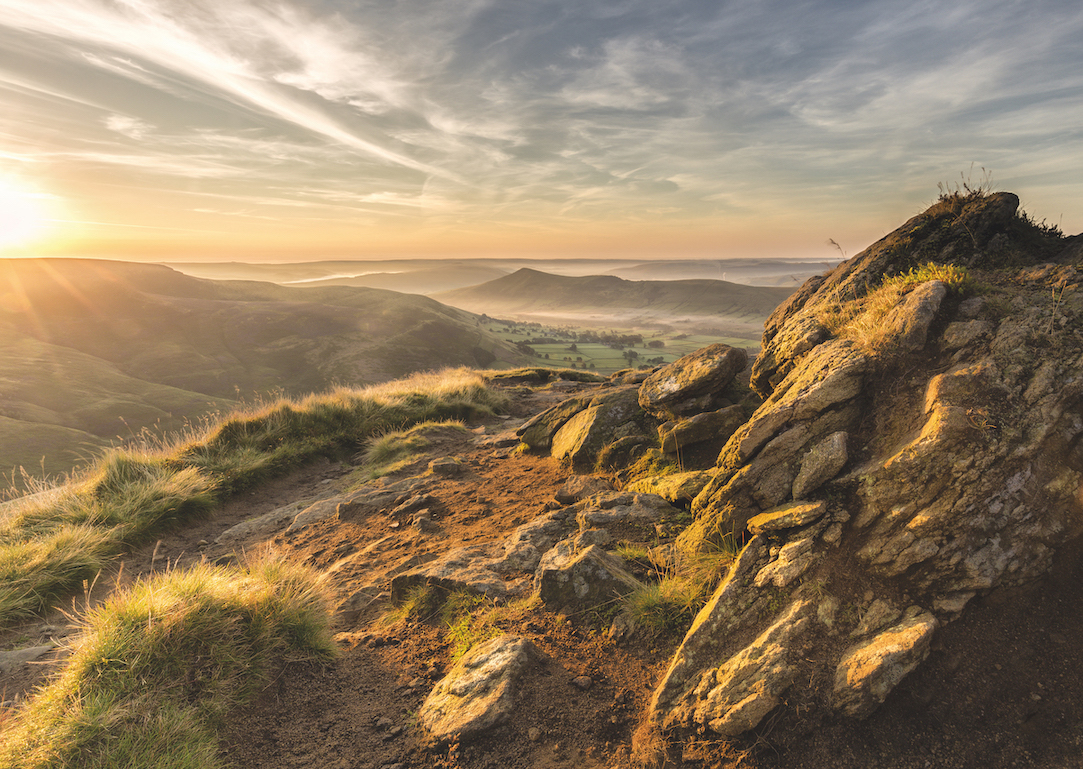
Looking over Edale from Grindslow Knoll. Photo: David Williams / Shutterstock
Cloud inversions are caused by cold fog being trapped in a valley bottom by a layer of warmer air – a weather phenomenon that’s much more likely to occur in autumn. They are famously elusive, but some areas are more prone to them than others. Try Grindslow Knoll, which can be a spectacular inversion-spotting point when the wind is in the west. Combine it with a scramble up Grindsbrook Clough and a 28km (17-mile) loop around the Kinder Plateau.
10. Beinn Eighe, Torridon
BEST FOR: All-round autumn atmosphere
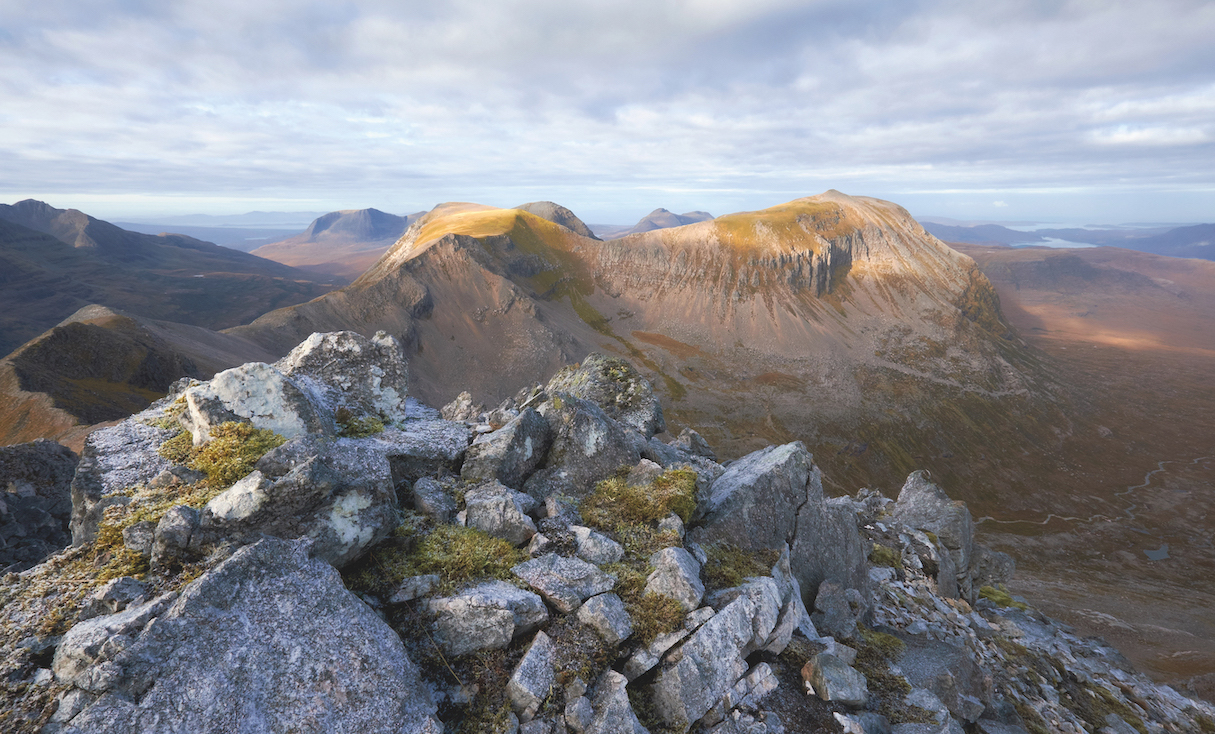
Looking out over the summit of Beinn Eighe in Torridon. Photo: Duncan Andison / Shutterstock
Head north for a slice of mountainous autumn perfection: rutting red deer, rich colours, and a good chance of a dusting of snow to spice up the high peaks. Watch out for migrating black-throated divers, pine martens and eagles as you ascend to bag Beinn Eighe’s two Munros. Scrambly, but not too scary, the ridge that contains Ruadh-stac Mor (1010m) and Spidean Coire nan Clach (993m) is a Torridon highlight. Allow 8 hours for the full 18km (11-mile) route.

